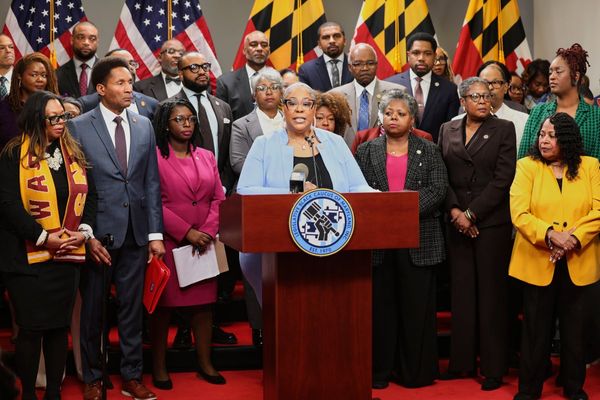
Union Budget 2022 did not make any significant changes in the tax slabs - be the old tax regime or the new one, which was introduced in 2020. So, how does a taxpayer decide whether to go for the new or the old tax structure? In order to decide which regime would be fair beneficial to a taxpayer, one needs to make a careful analysis and comparison of tax outgo and other factors in choosing between the two. There are a few things a taxpayer must consider before choosing between new and old tax regimes.
How to choose between the new and old tax regime?
The new tax regime is different in two ways from the old one. Firstly, it has more slabs with lower tax rates. And secondly, all the major exemptions and deductions available to taxpayers in the existing (old) tax regime are not allowed if the new tax regime is chosen. “Hence, if the advantage of lower rates in the new tax regime outruns the benefit of the exemptions and deductions available under the old tax regime, the taxpayer can then choose the new tax regime," said Archit Gupta, Founder and CEO - Clear.
The main difference between the old and new tax regimes is the difference in slab rates. Taxpayers in India have to pay income tax based on the slab system under which they fall. The tax slab is designed by considering the average income of the individuals. Thus, taxpayers with higher incomes will be liable to pay more in taxes.
The option to reduce the tax is also an important difference between the old and the new tax regime. No deduction is allowed under the new tax regime but a taxpayer has a lot of options in the old tax regime.
“While the new tax regime offers the taxpayer to claim zero deduction or exemption options, the old tax system provides around 70 deductions and exemptions to lower their taxable income. Deductions allow taxpayers to reduce the tax amount by saving, investing, or spending on precise items," said Amit Gupta, MD, SAG Infotech.
Which tax regime is better?
Archit Gupta, Founder and CEO - Clear said to know which tax regime is better, the taxpayer should calculate the income tax liability at the applicable normal tax rates, i.e. at old tax slab rates, after availing all the eligible exemptions and deductions from their income. For example, salaried individuals can claim the exemption for LTA, HRA, standard deduction of ₹50,000. Also, individuals are allowed to claim deduction under Section 80C up to ₹1.5 lakh, the deduction for interest on housing loans, NPS contribution, etc.
Further, the taxpayer should calculate the income tax liability as per the tax slab rates of the new tax regime. Now they can compare and choose the tax regime best suitable to them, he added.
Choosing an old or new tax regime is completely your own decision and it will depend on your income structure, available deductions, and circumstances.
"If you want to choose the new tax regime, then you will have to forget all the tax deductions and exemptions the old tax regime is providing," said Amit Gupta,
Who should opt for the new, and who should go for the old?
Choosing between the tax regimes might depend upon various factors such as current income level, income composition i.e. sources of income, investment appetite & saving habits among other factors. The individuals will have to work out their tax liability under the old and new tax regimes before deciding which one is more beneficial.
“The income tax department has also come up with an easy to use calculator which tells one about which regime would be beneficial on the basis of the outflow of tax. While deciding to choose between the old & new tax regimes, one should look at the pros and cons of both regimes in order to make a wise decision," said Akash Kumar, Director & Co-founder of Fincorpit Consulting Private limited.
The decision to opt for a new tax regime or an old tax regime depends taxpayer wise.
“We have observed that most taxpayers benefit from being in the old regime when they maximize section 80C and go for tax deductions and benefits available in their salary structure, such as claiming HRA, receiving a part of CTC as reimbursements etc. Only 10% of total filers on Cleartax benefited from being in the old regime and opted for it," said Archit Gupta.
It has also been observed that the younger population, which does not have many tax-saving investments, is picking the new tax regime.
“Many taxpayers are opting for the new regime as they want to avoid locking the funds under Section 80C investments, which features a lock-in period. These taxpayers choose to invest in FDs rather than locking their assets in tax-saving options for 3-5 years," said Amit Gupta.
Is it permissible to switch between the old and new tax regimes multiple times?
If you are a salaried individual, you can make this choice every year. “Individuals with income under the head ‘Salary’, ‘House Property’, ‘Capital Gains’ and ‘Other Sources’ can choose every year to switch between the old or new tax regime. But the individuals who have income from business or profession get only one chance to return to the old regime after they opt for the new tax regime. They can choose the new tax regime only once in a lifetime," explained Archit Gupta.







